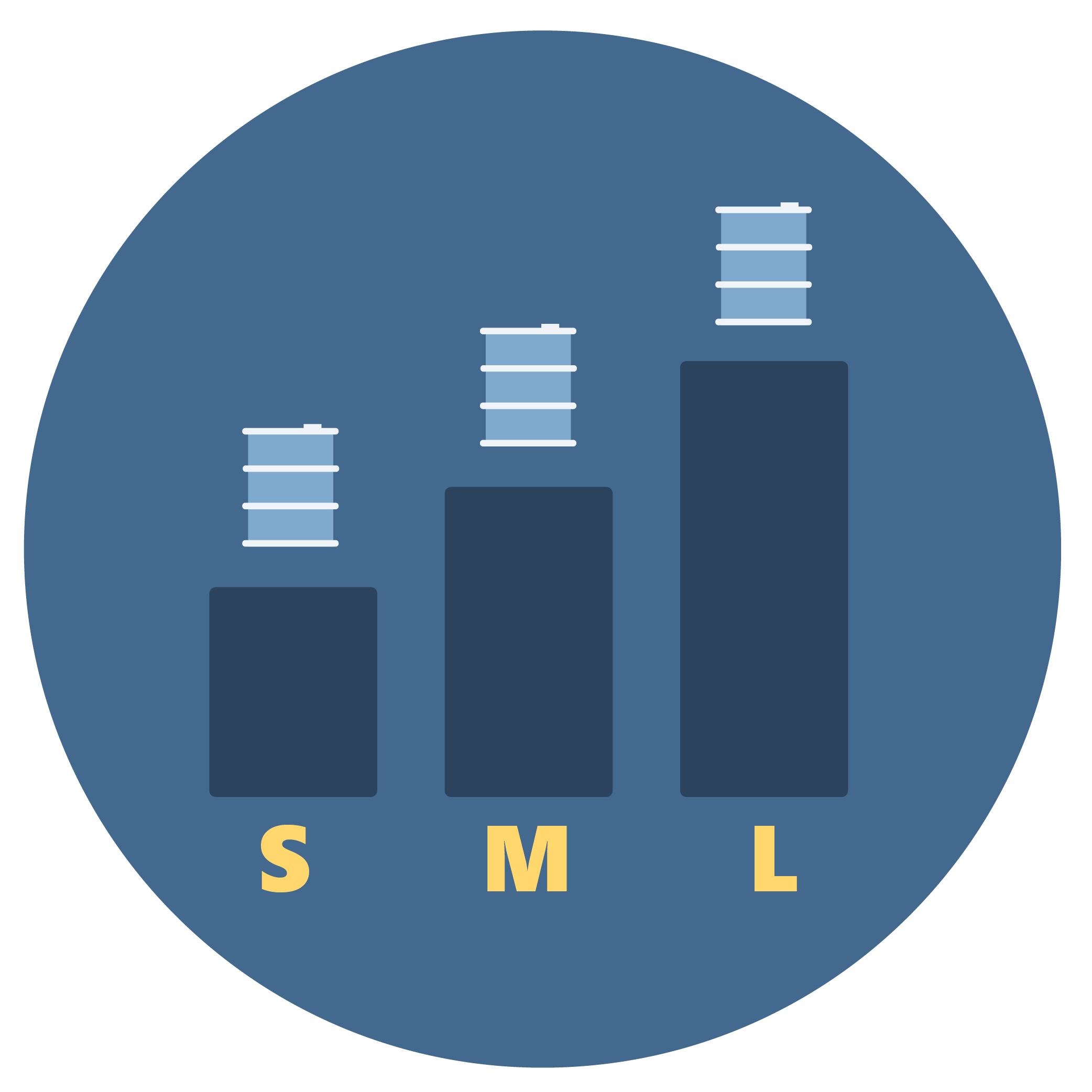Generator category

- Small quantity generators (SQGs).
- Medium quantity generators (MQGs).
- Large quantity generators (LQGs).
Quantity exclusion limits (QELs) are weight limits that determine your generator category based on the amount and type(s) of dangerous waste you generate in a calendar month. Your generator category may change each month based on what you generate.
How to determine your generator category
Step 1: Designate your waste. This process helps you figure out what type of waste you have, including waste codes.
Step 2: Count your waste. Total the amounts of the following:
*EHW = extremely hazardous waste (code WT01); AHW = acutely hazardous wastes that are toxic in small amounts (all P-listed and some F-listed waste codes: F020, F021, F022, F023, F026, F027). **Spills include residue, contaminated materials from cleanup of highly toxic EHW or AHW waste spilled to land or water.
Step 3: Compare quantity exclusion limits (QELs) against your count to determine your monthly generator category. Use the QEL chart below to make this determination.
Quantity exclusion limits (QELs)
Use the chart below to determine your generator category based on the amount and type(s) of dangerous waste you generated during a calendar month.
Read a plain text version of the monthly generation limits.
Frequently asked questions
Related links
Contact information
Need help?
Contact a dangerous waste inspector in your region



